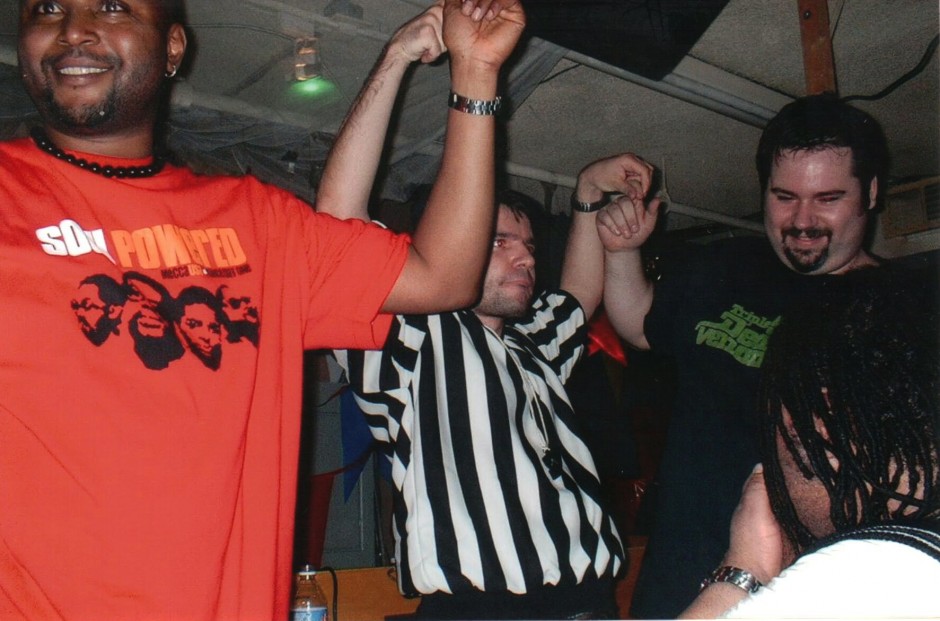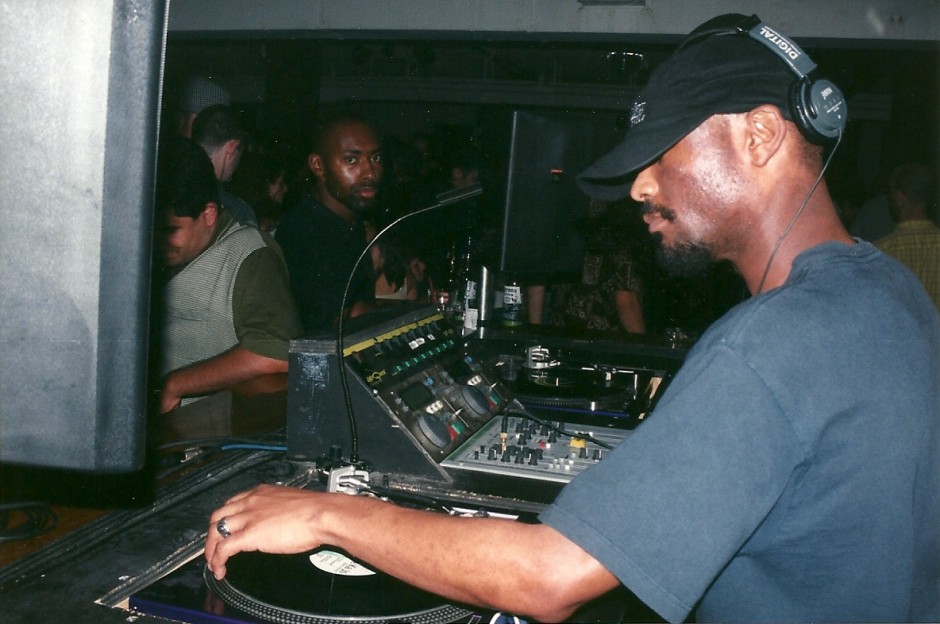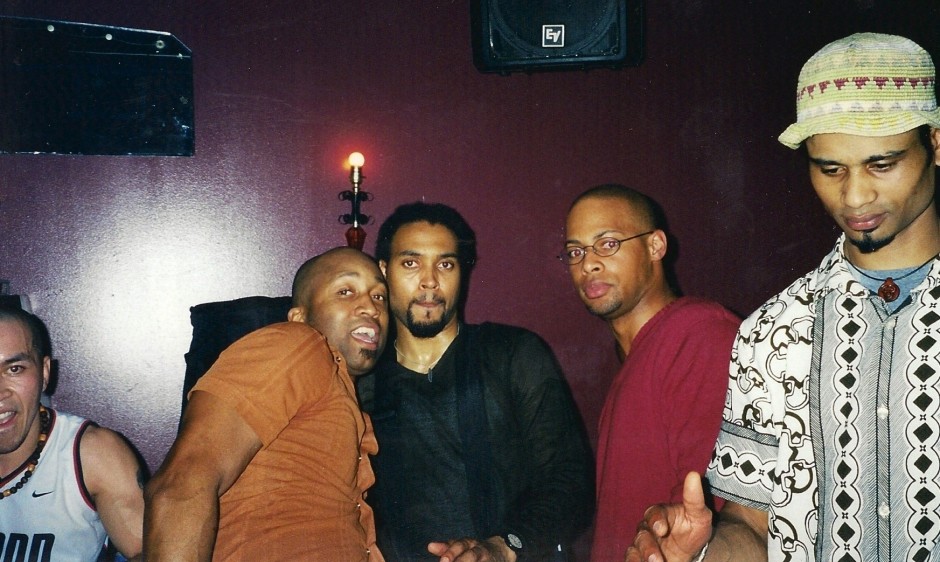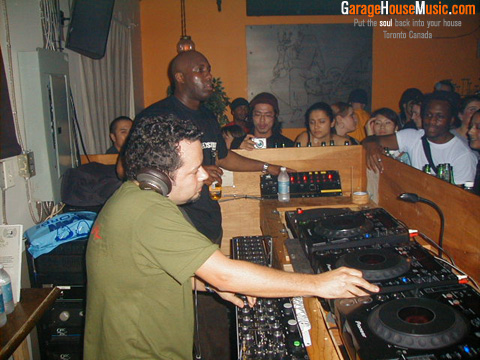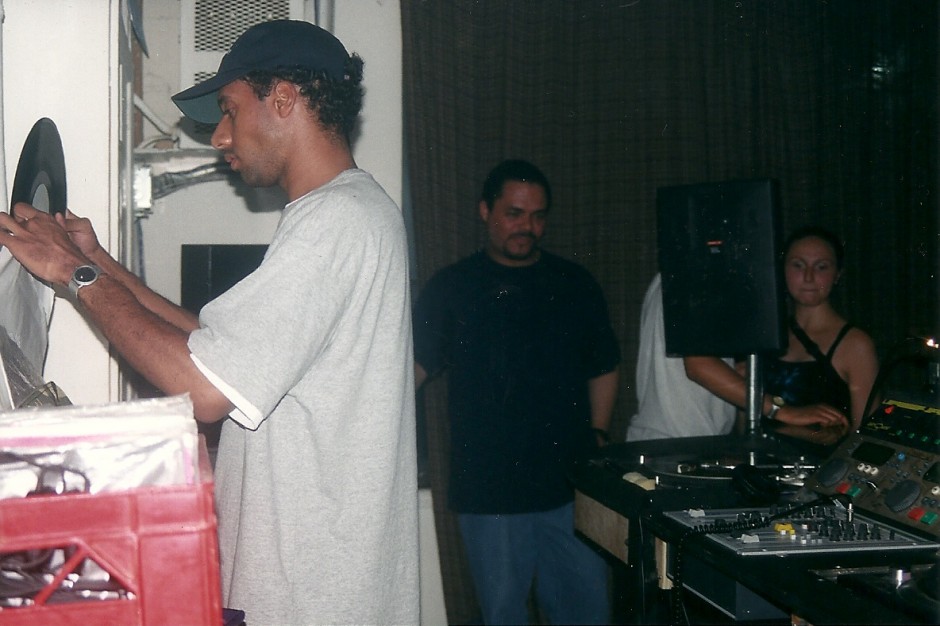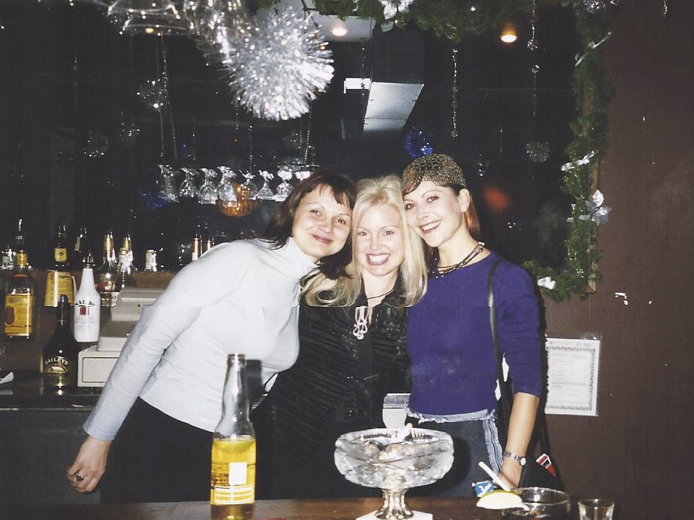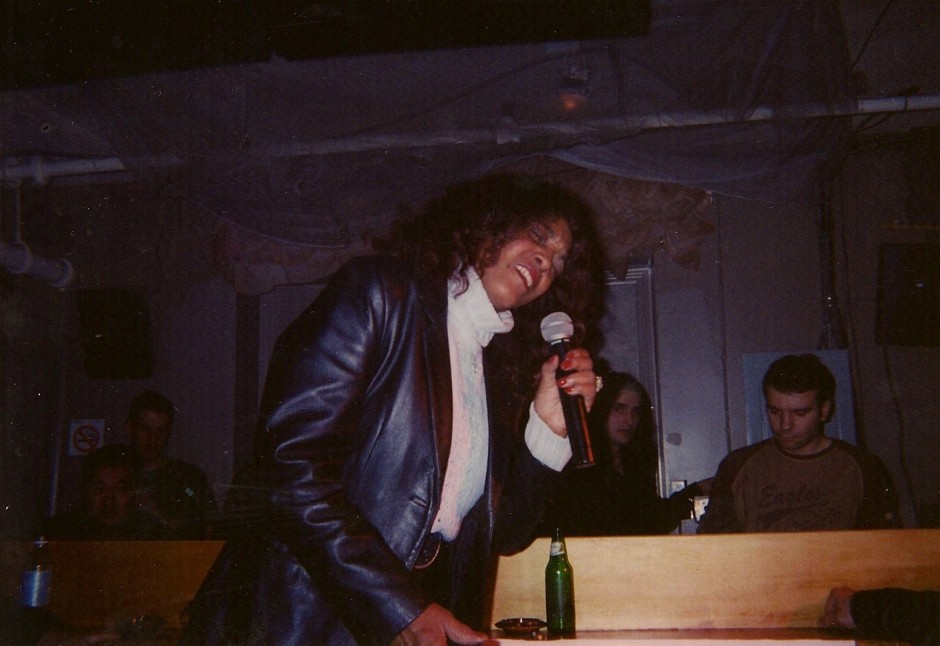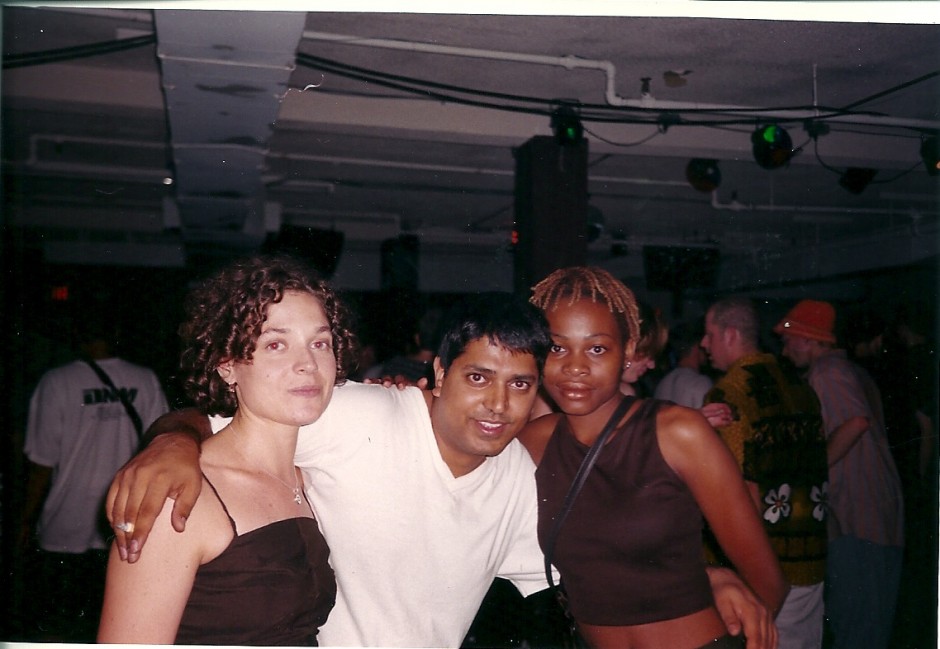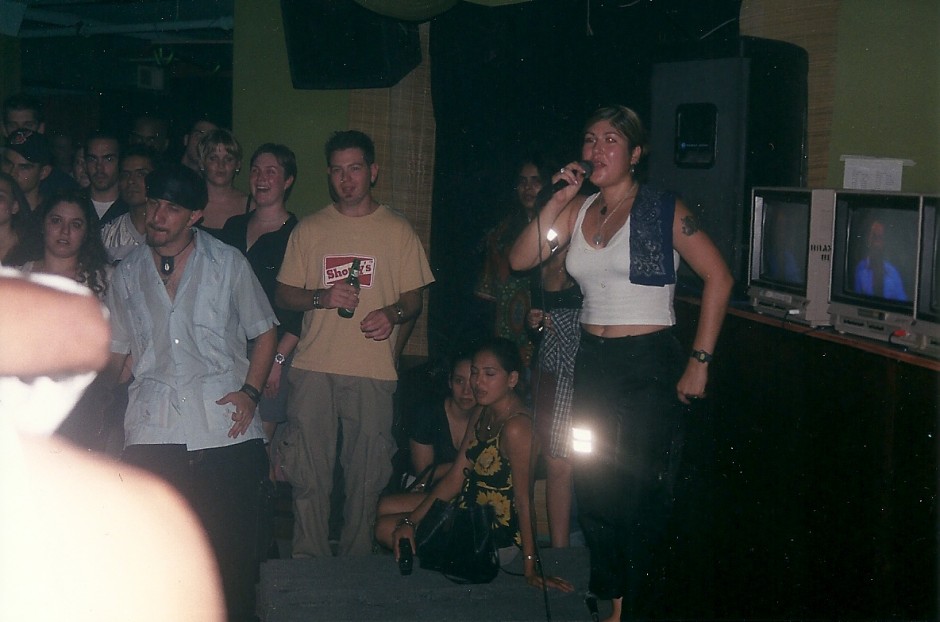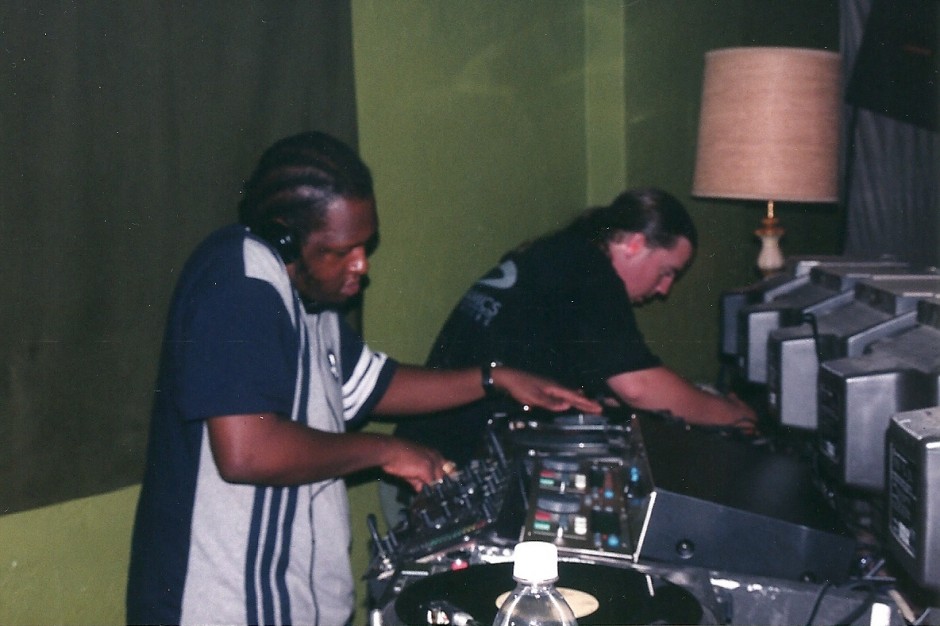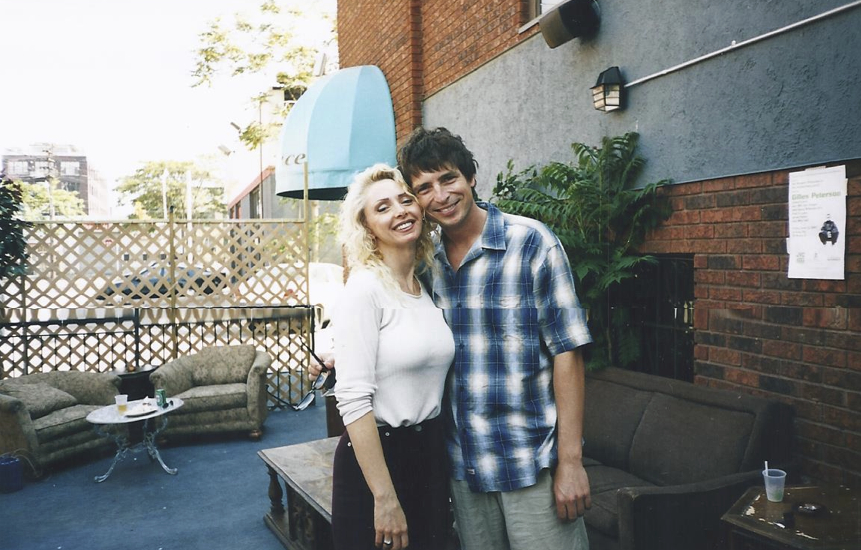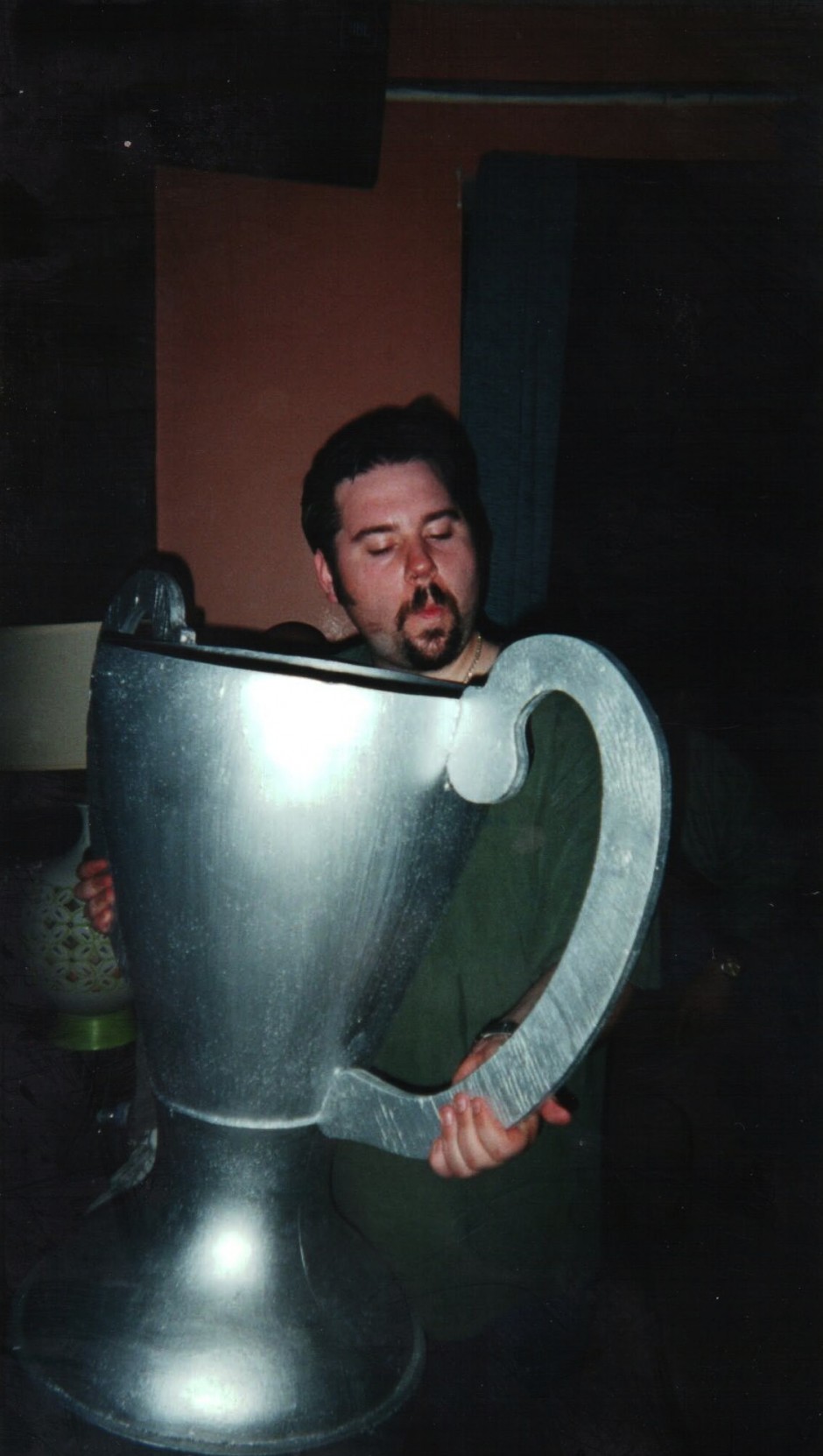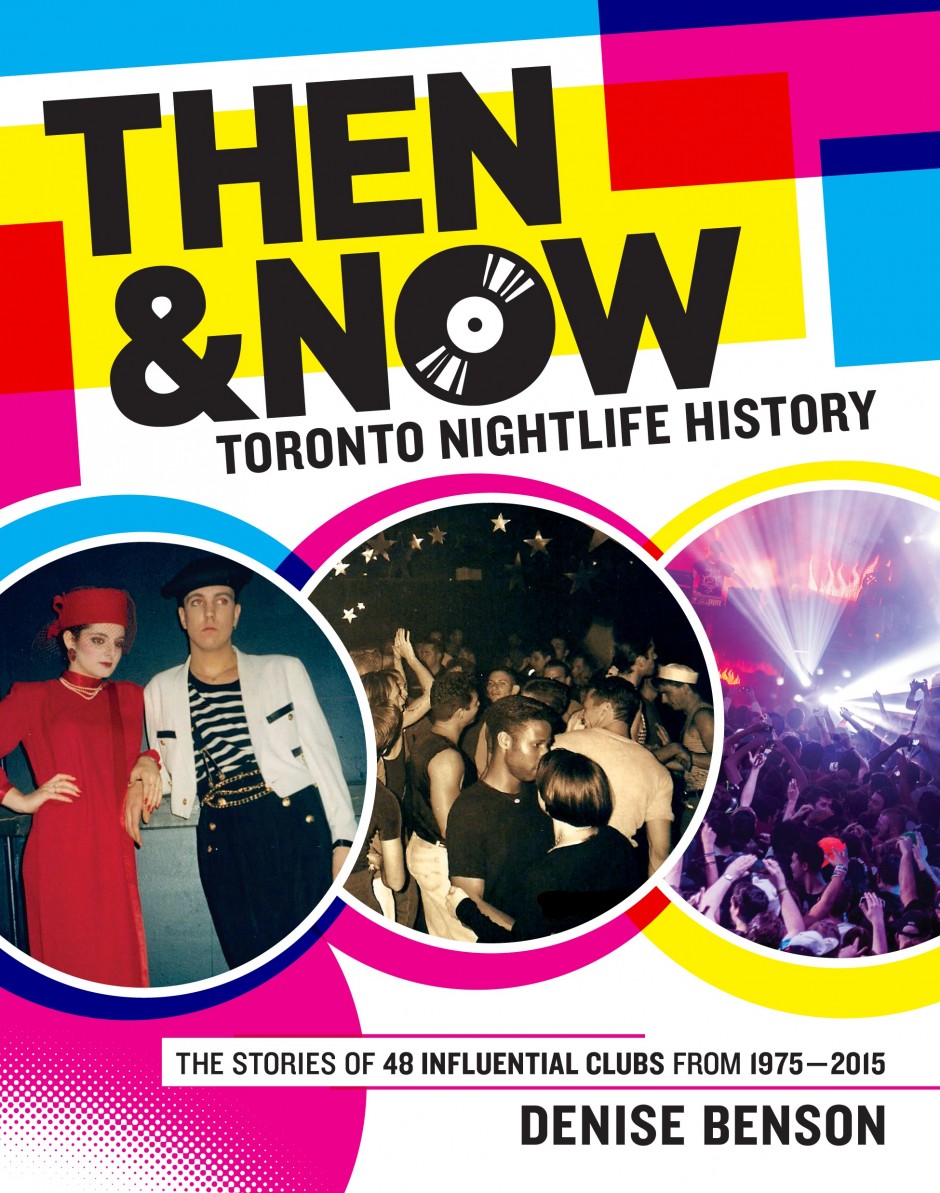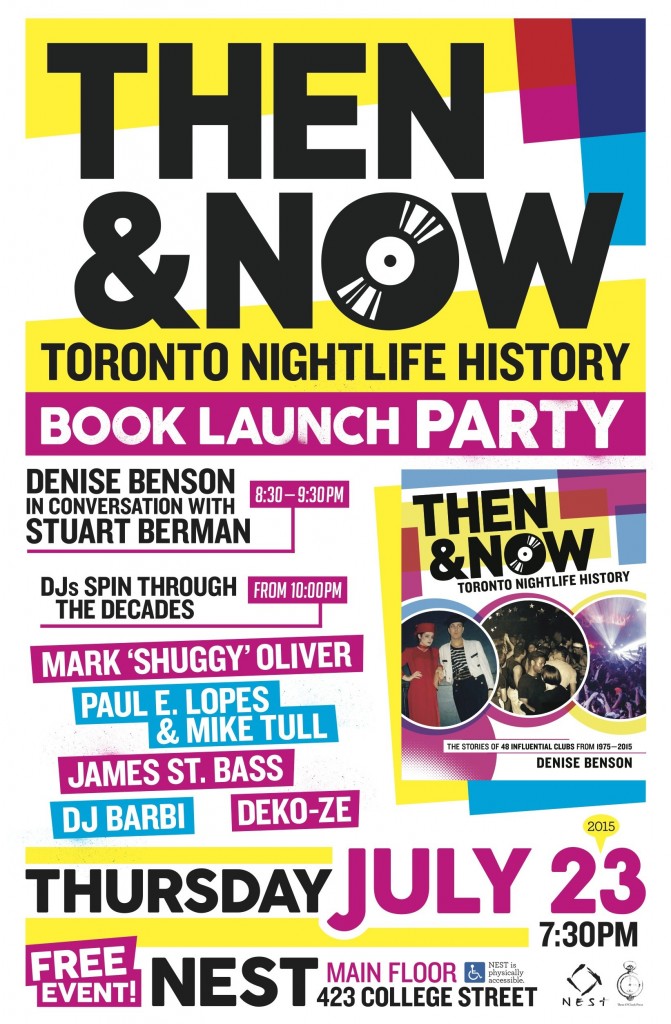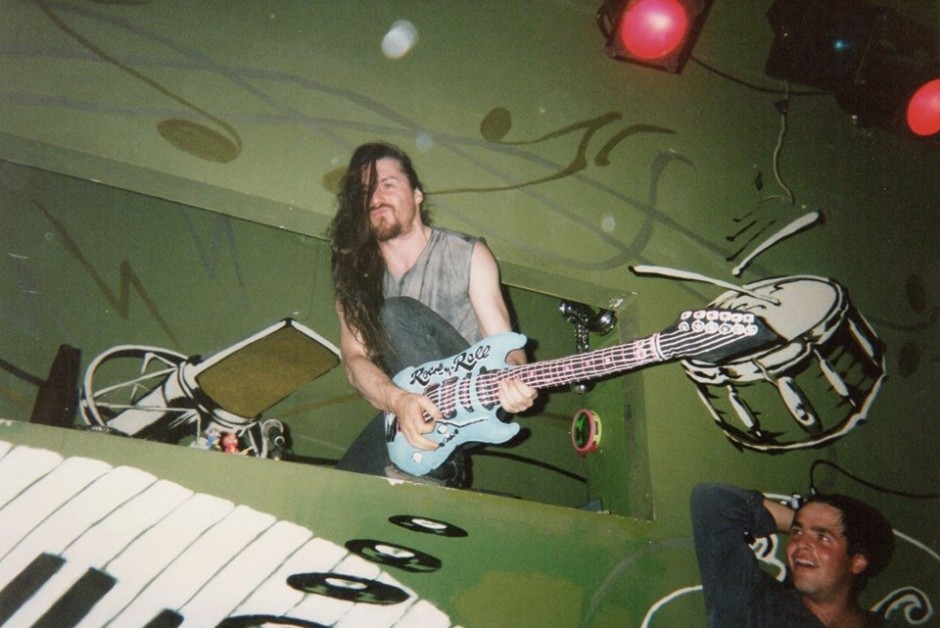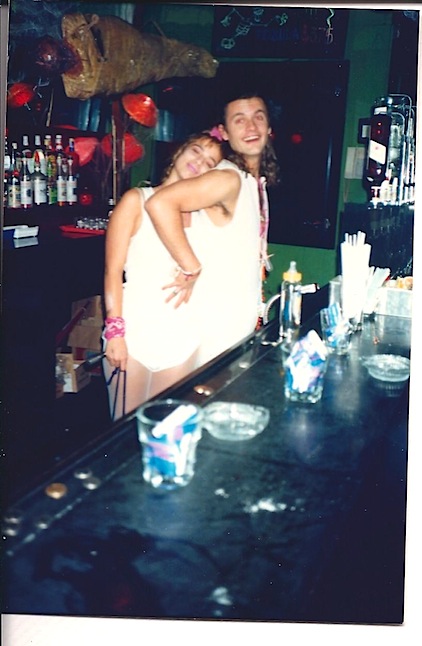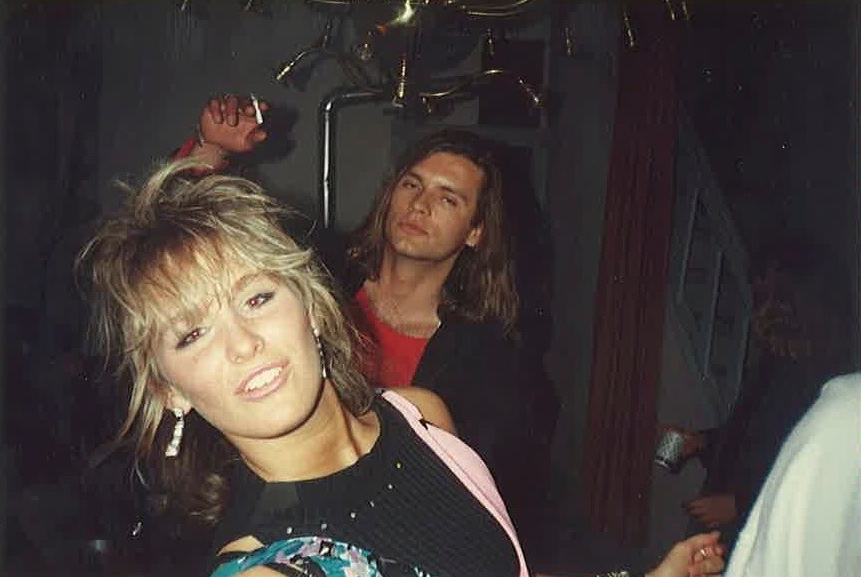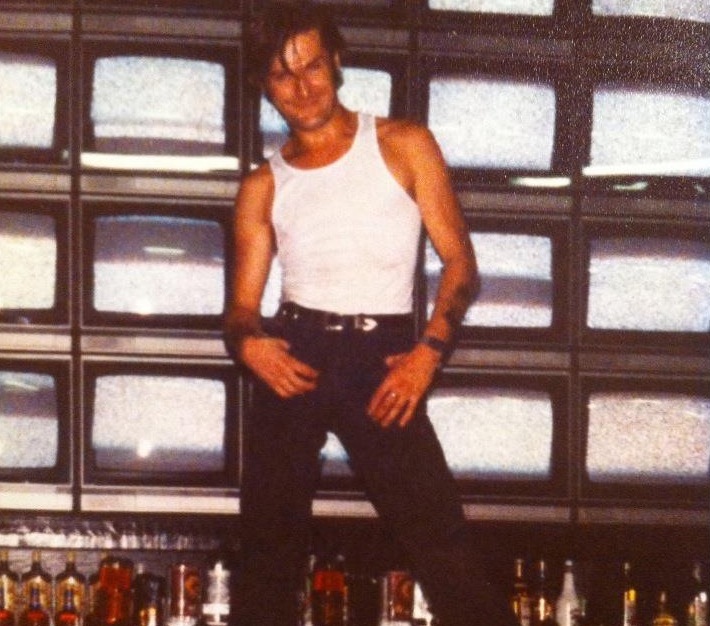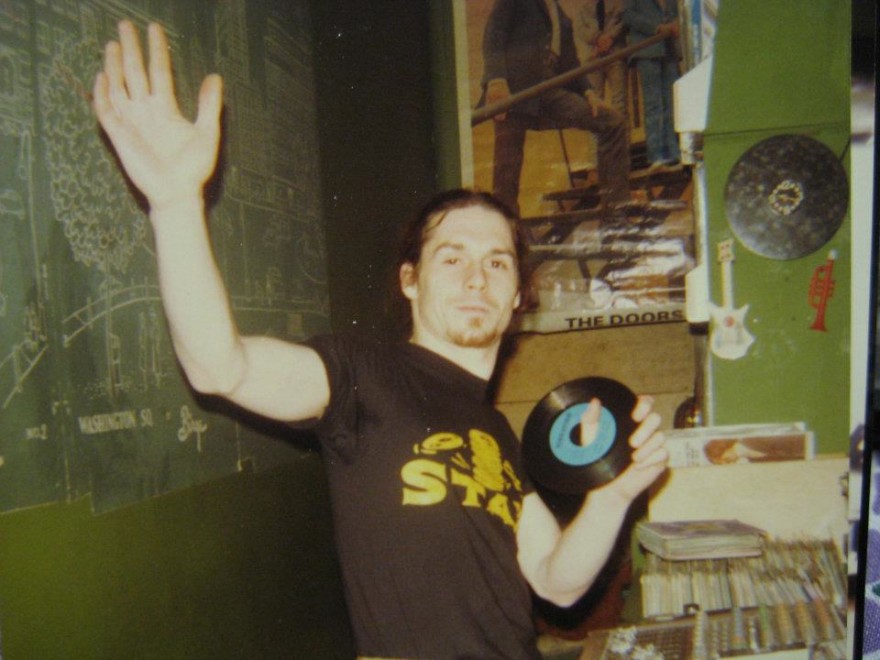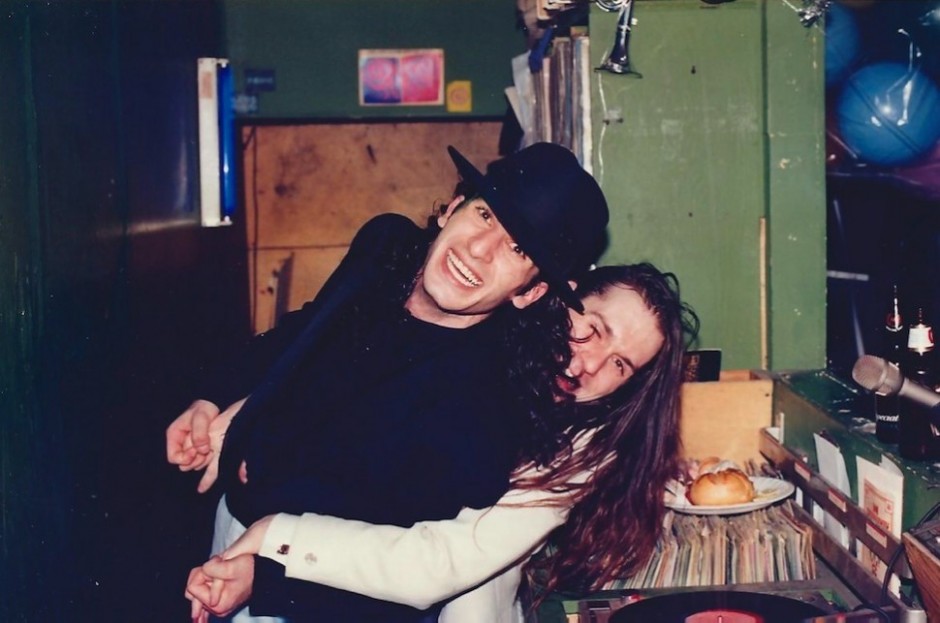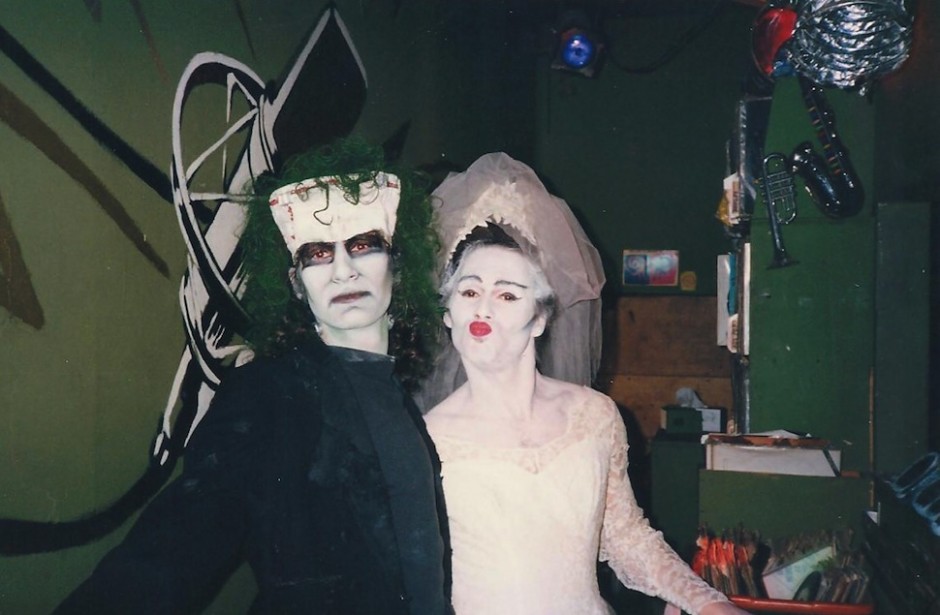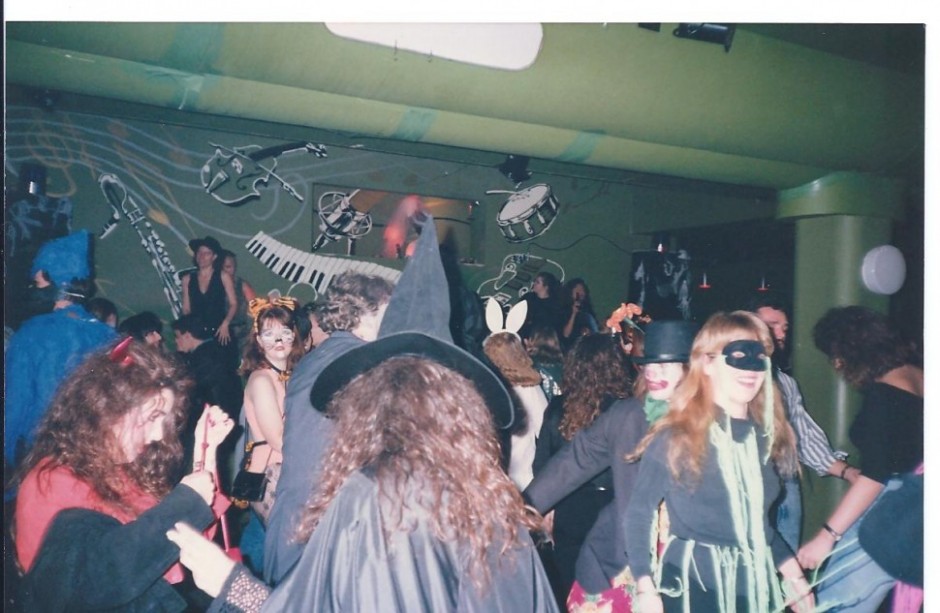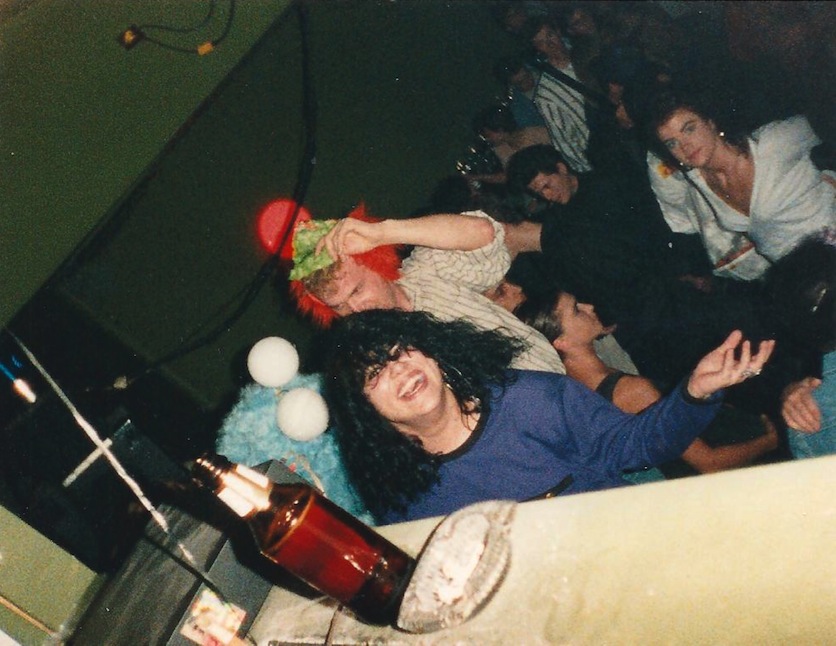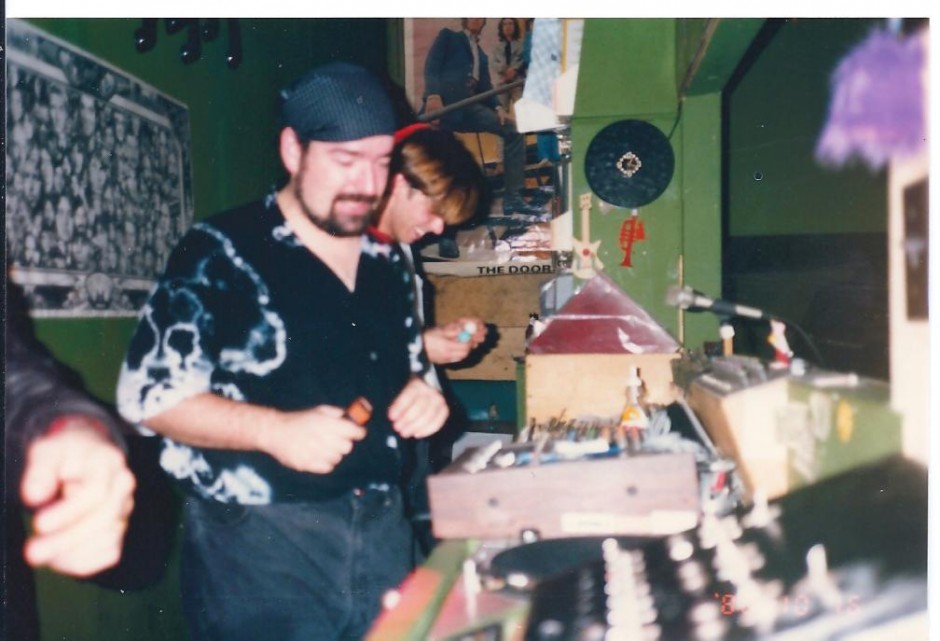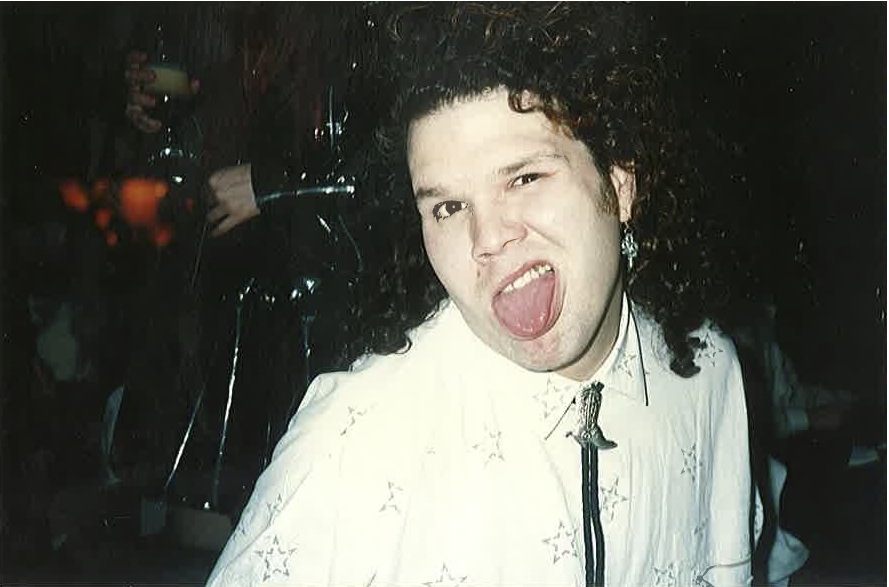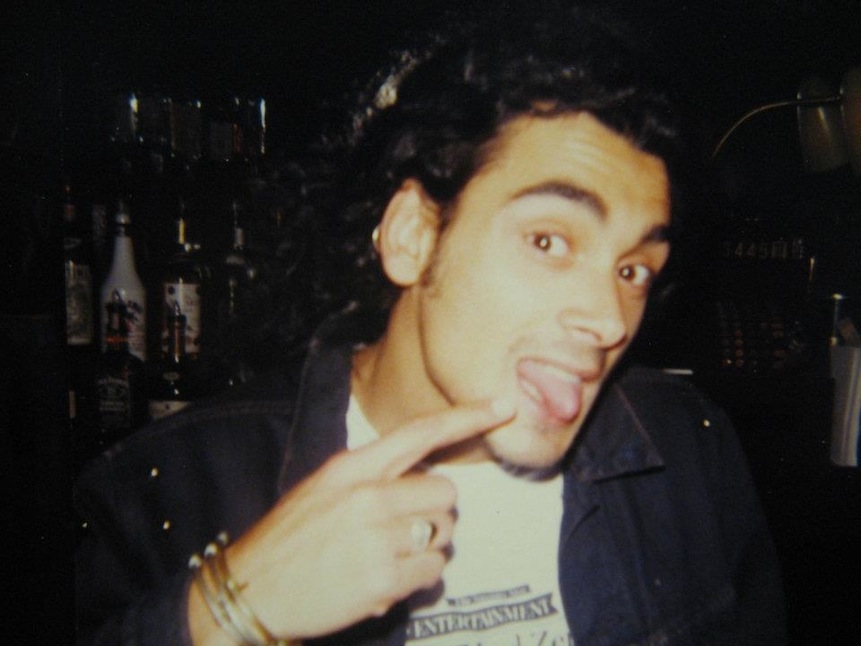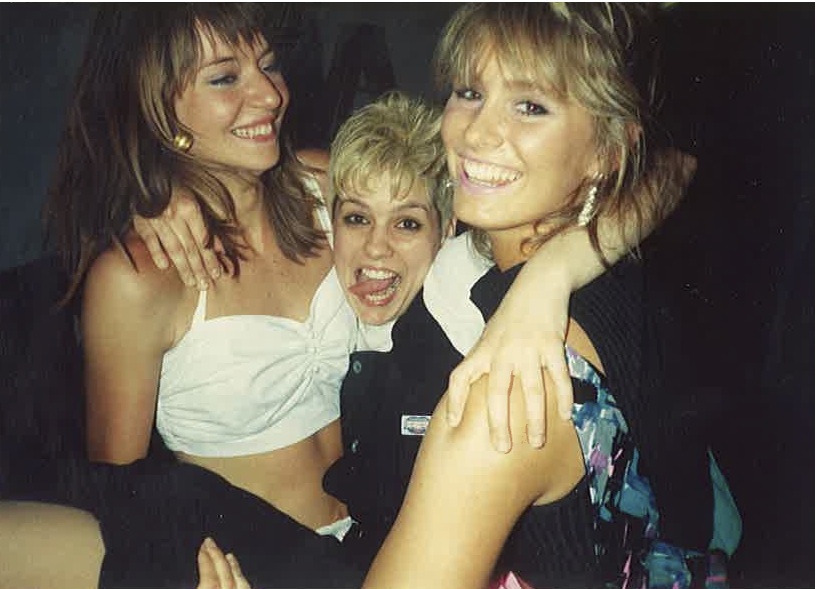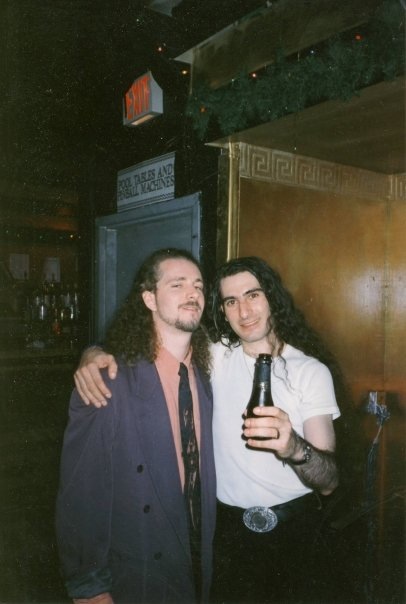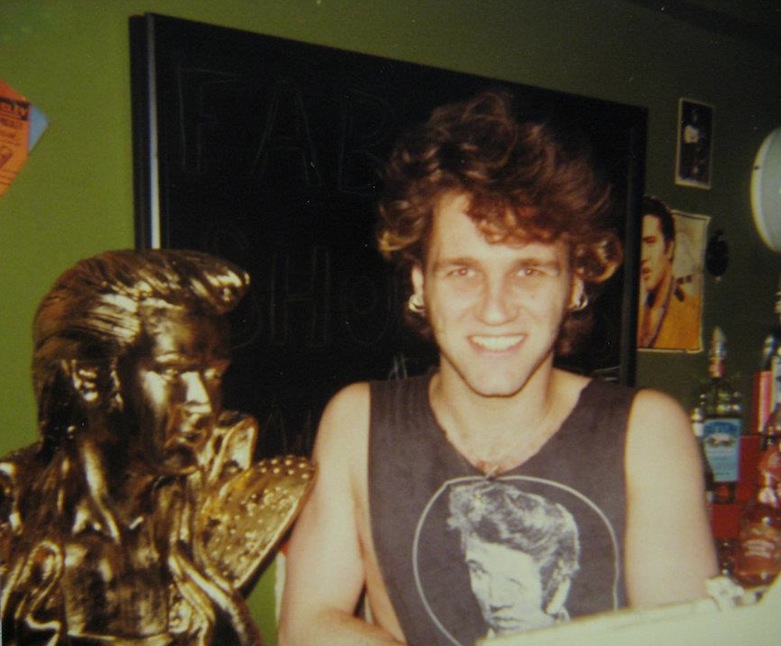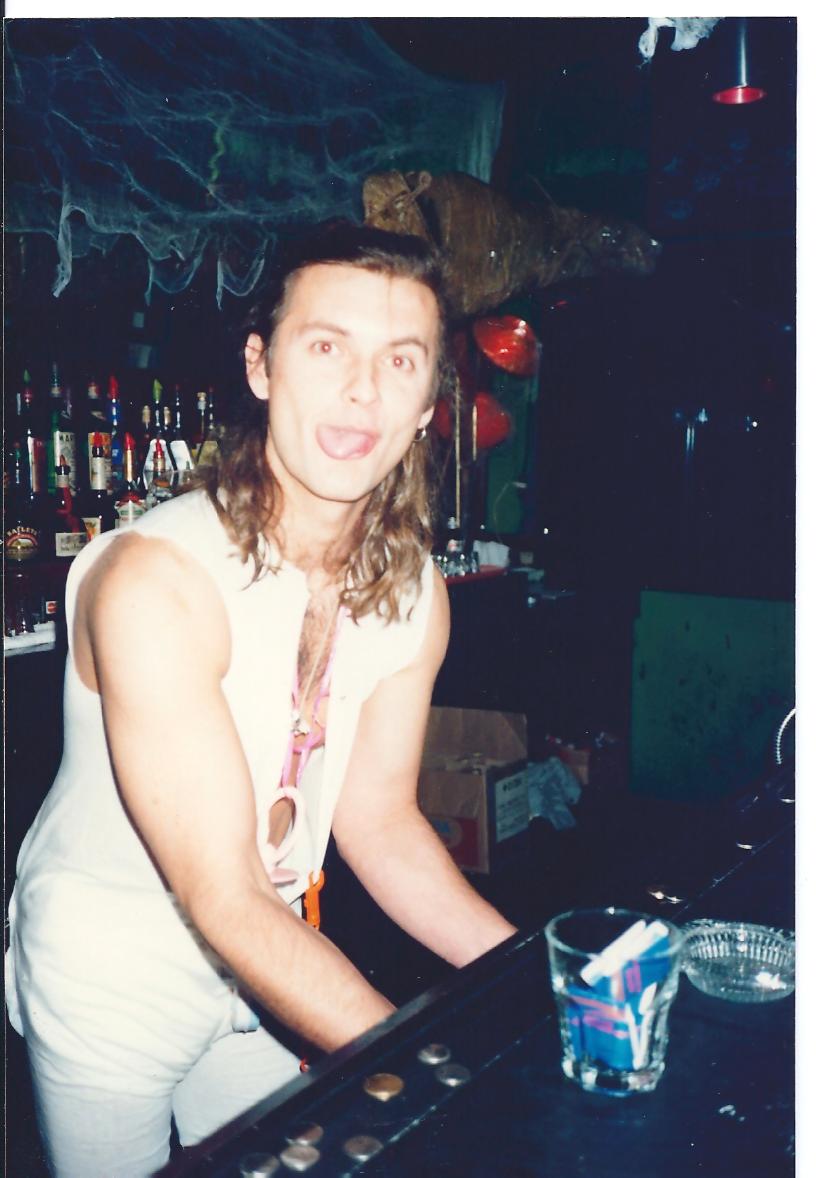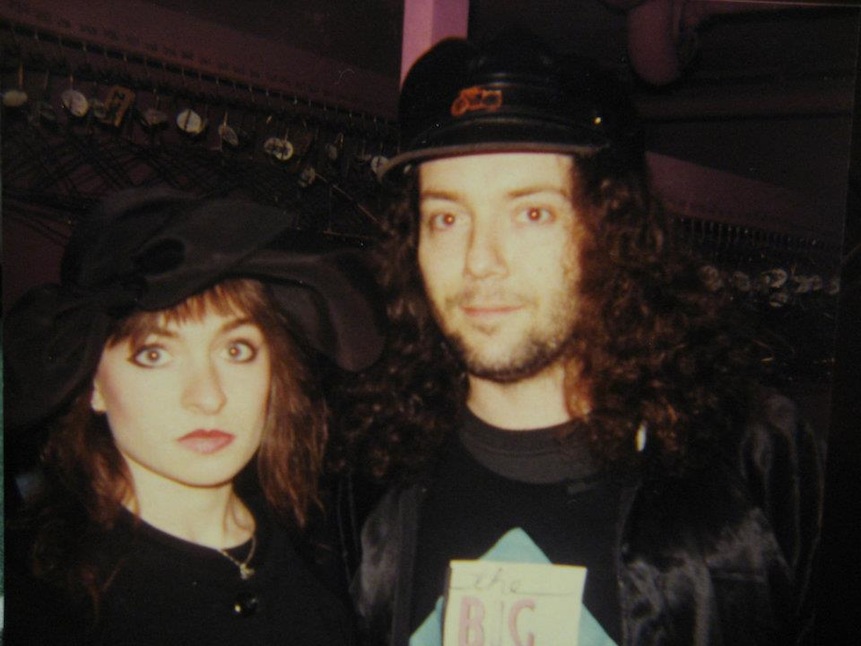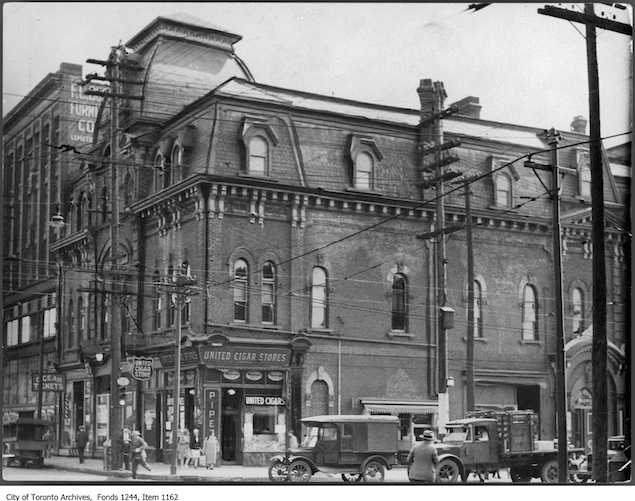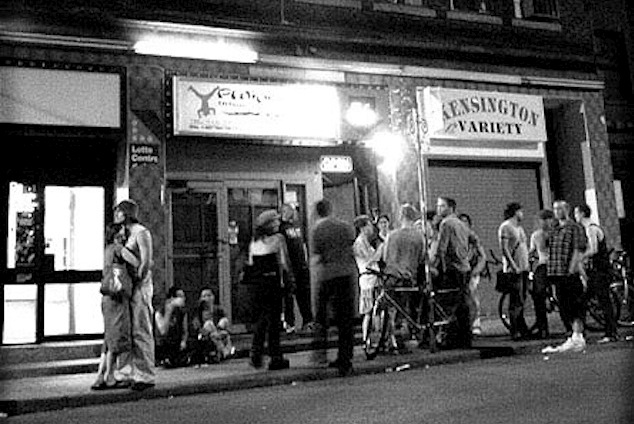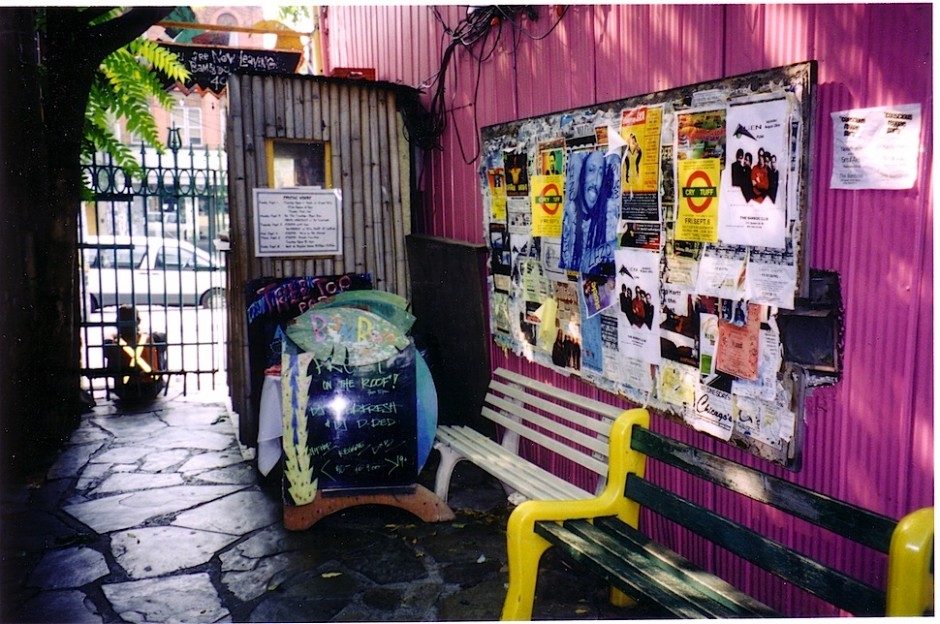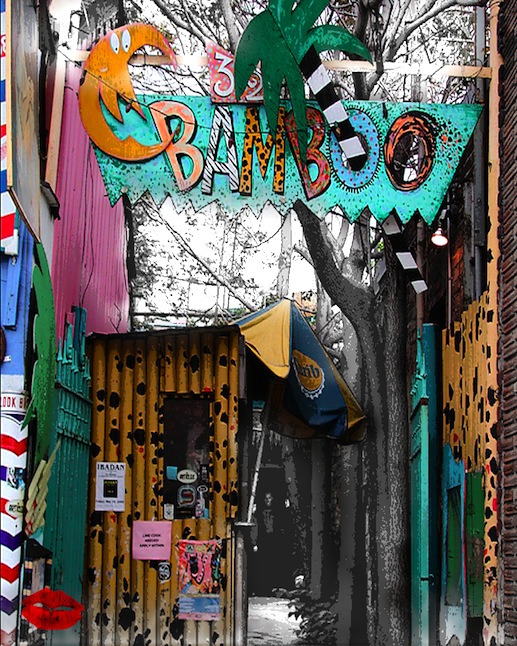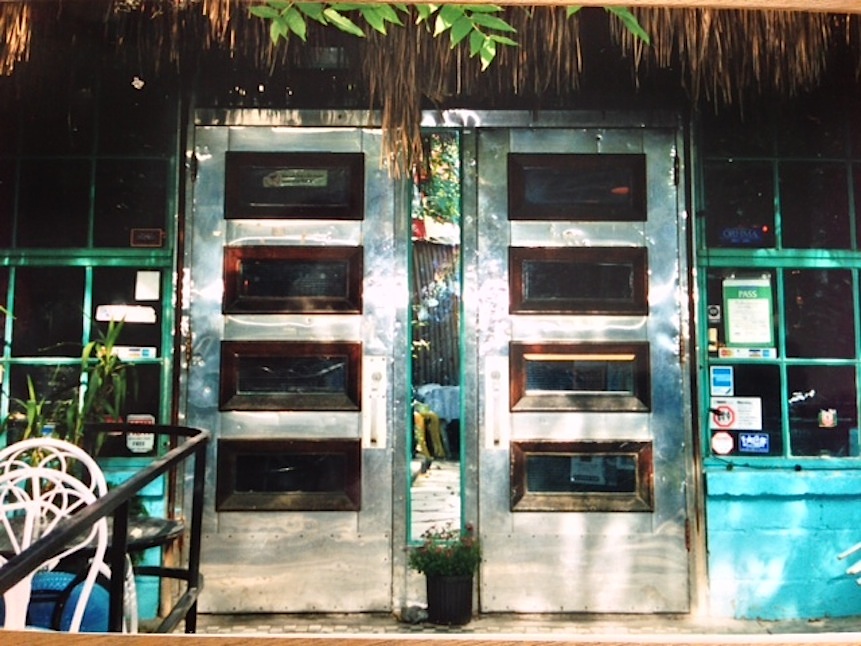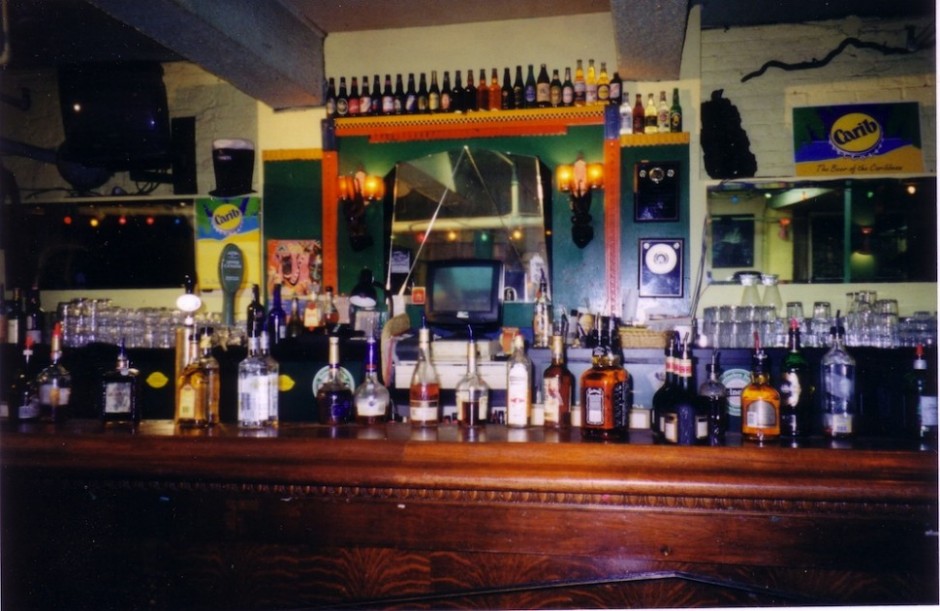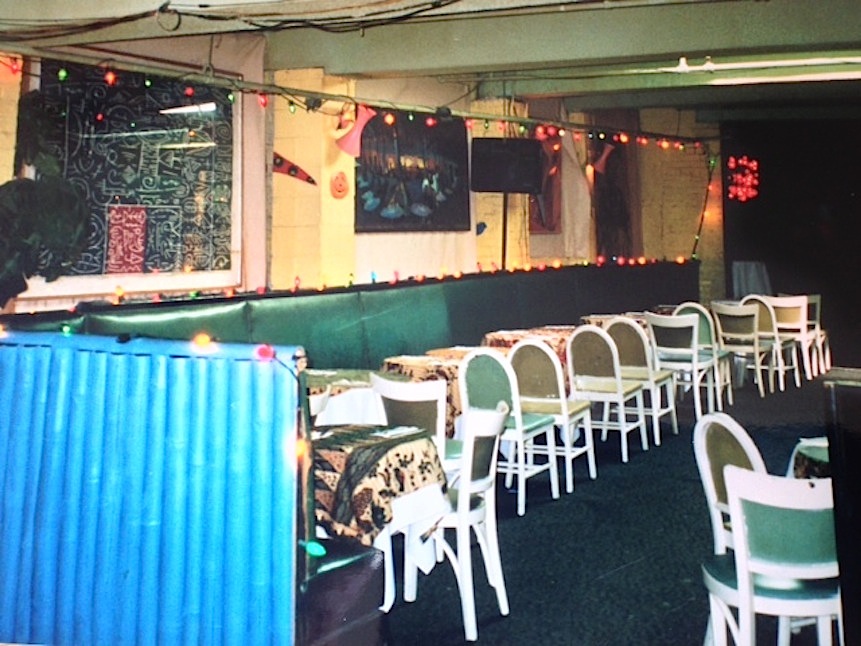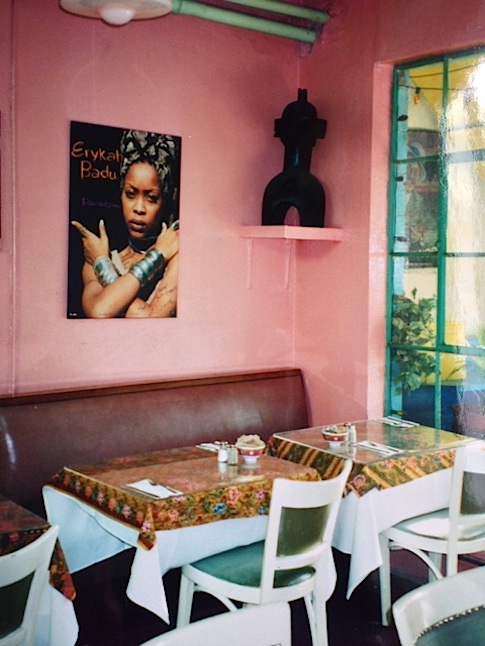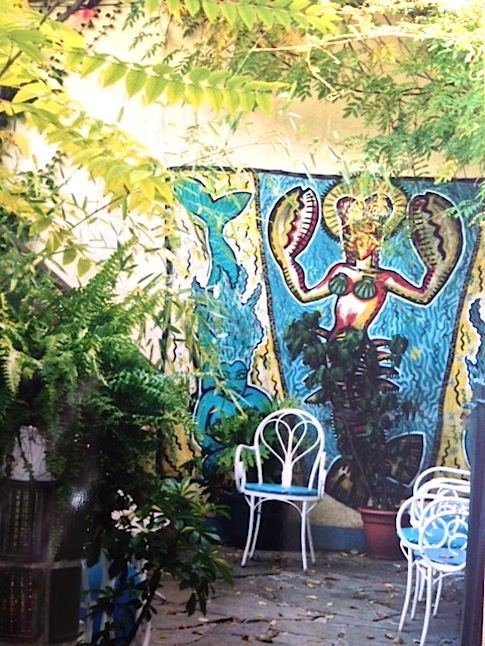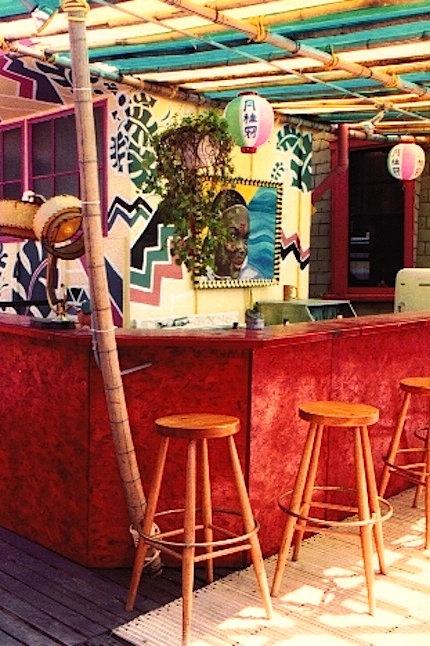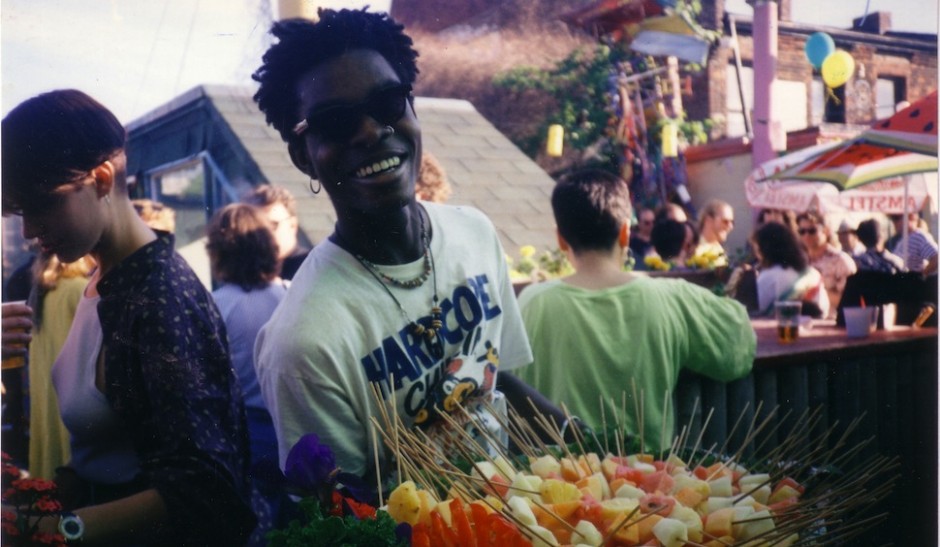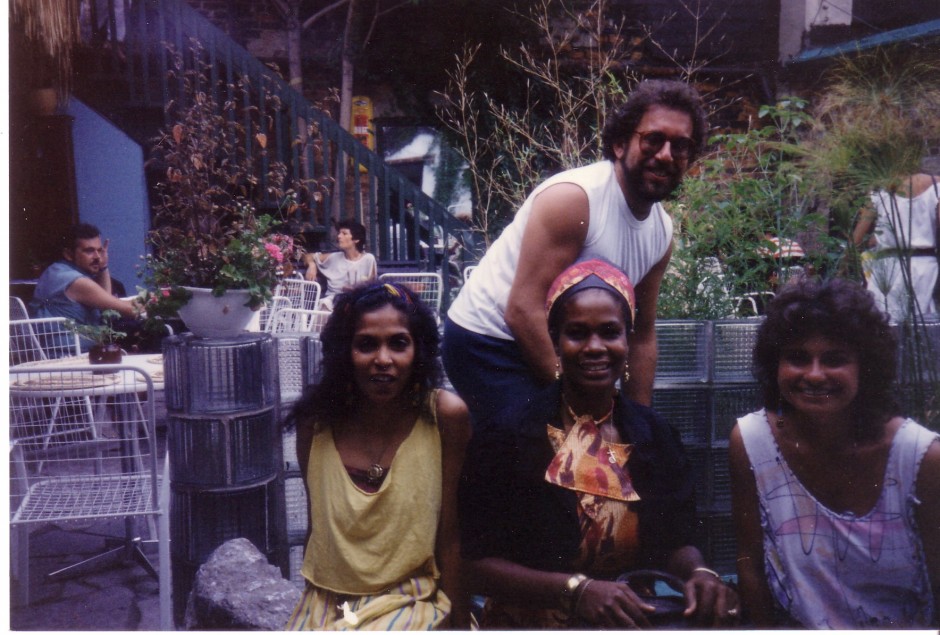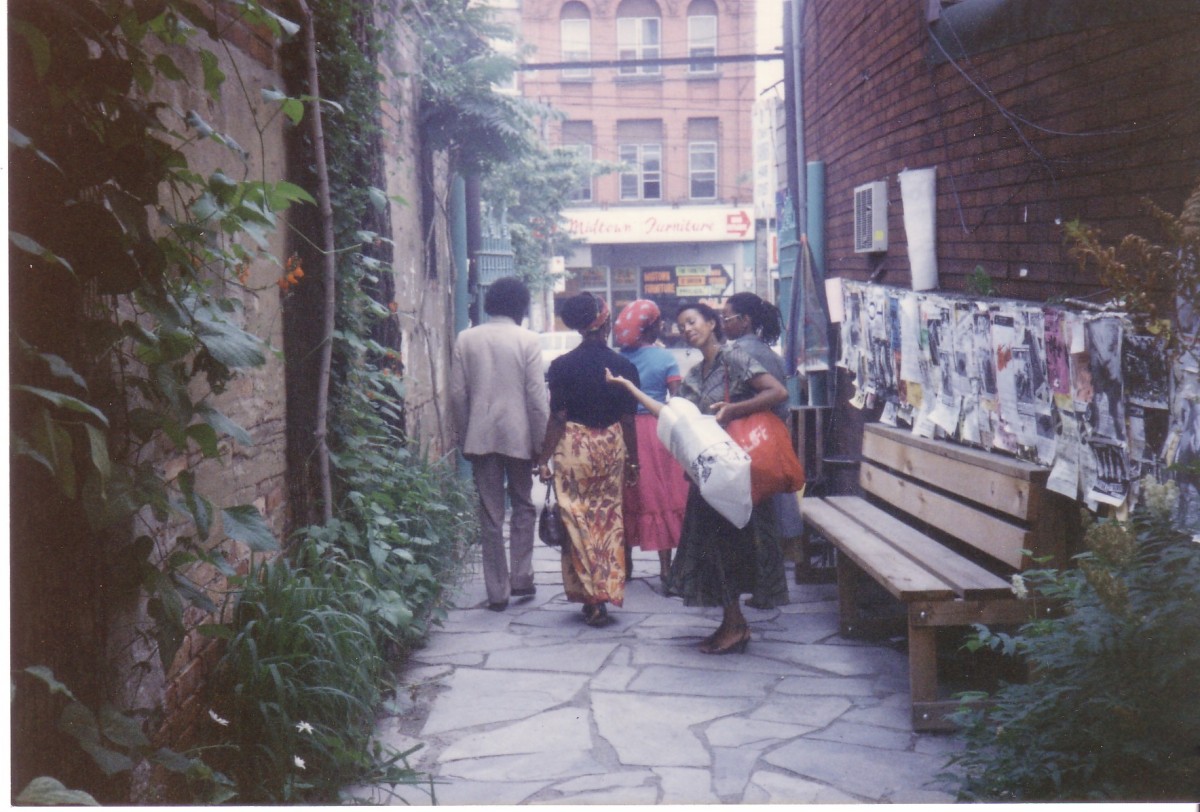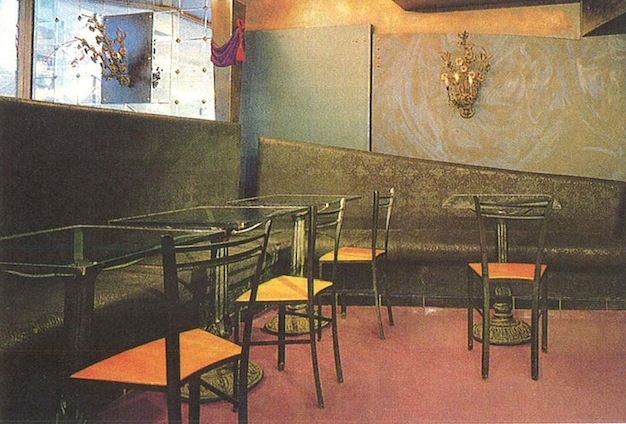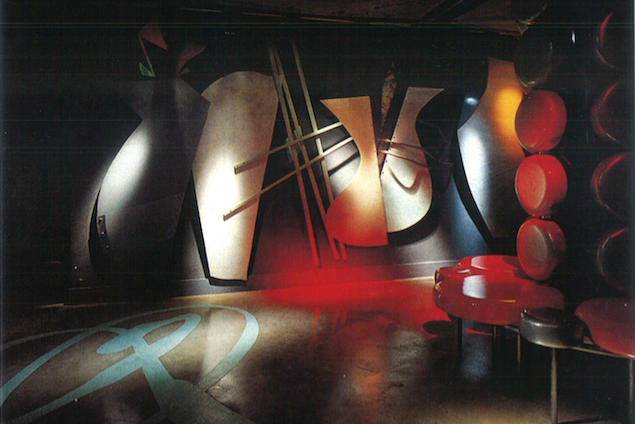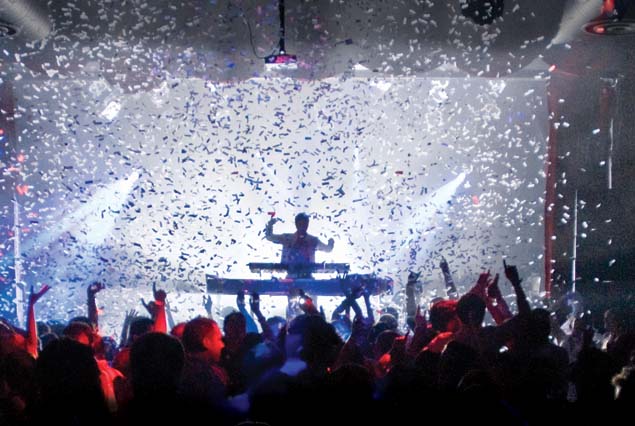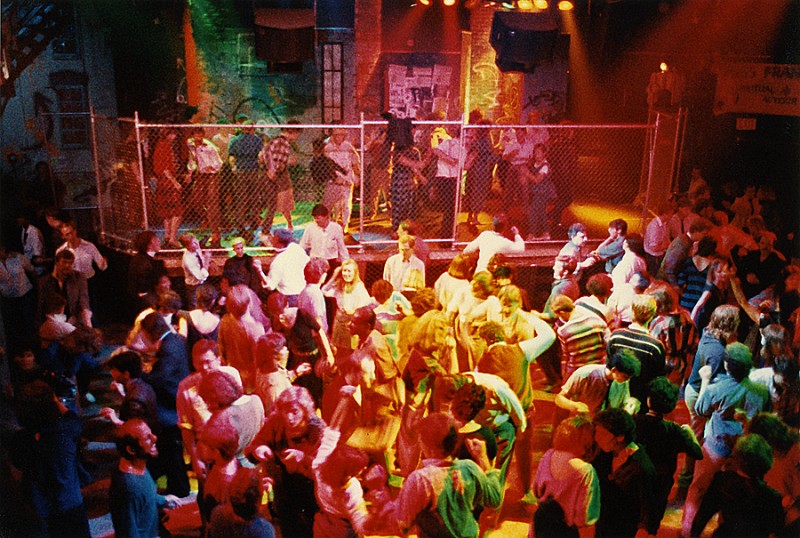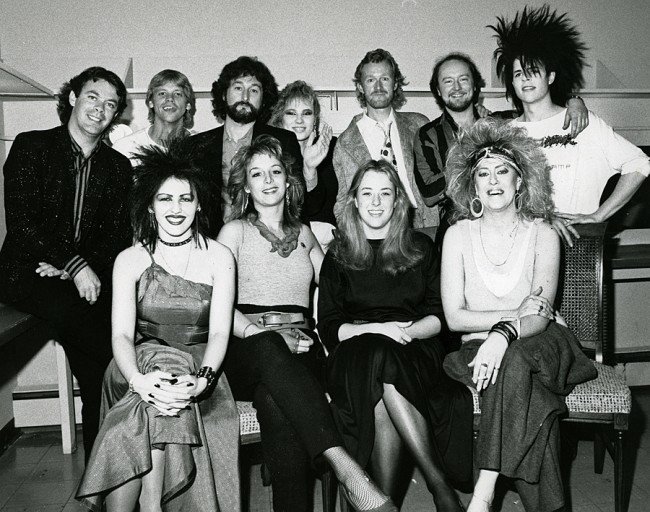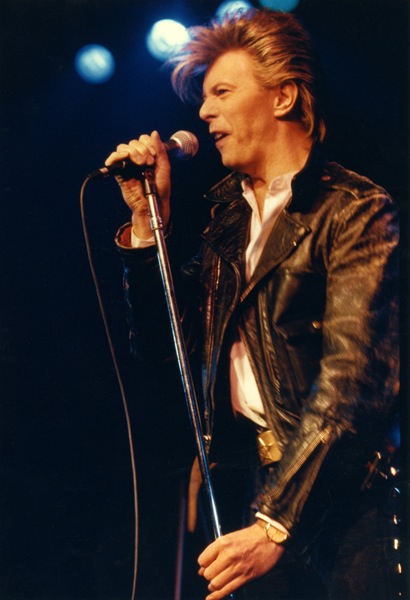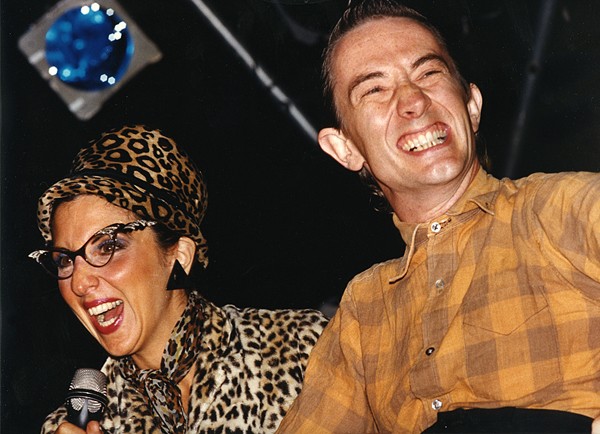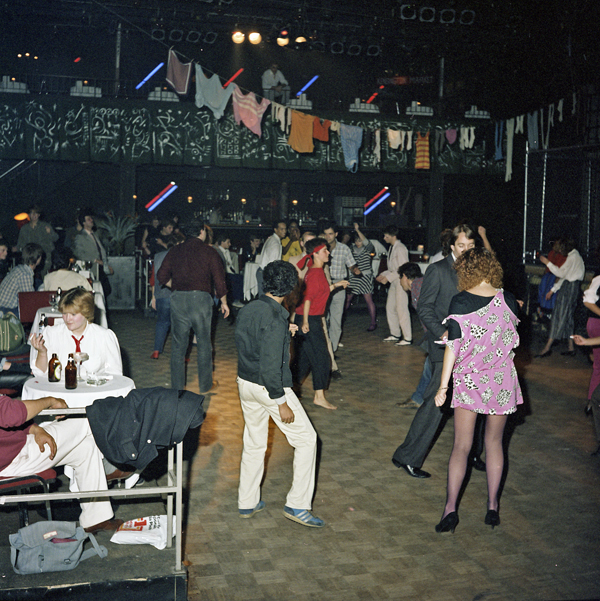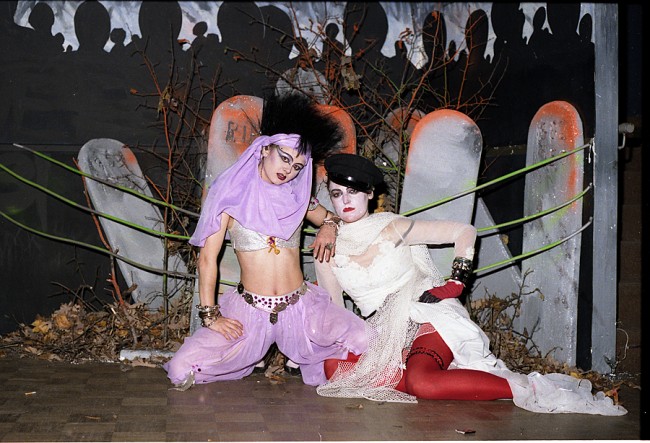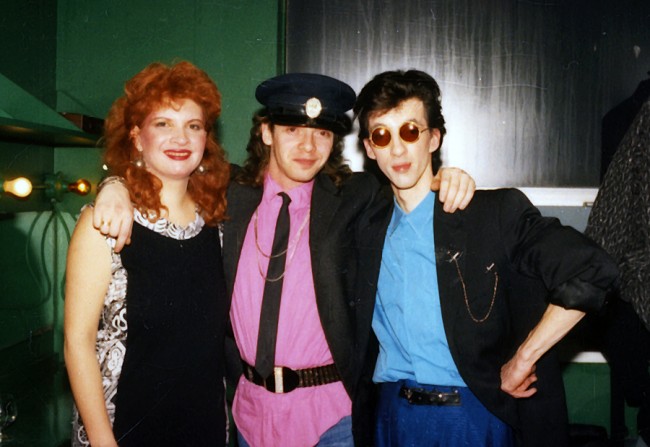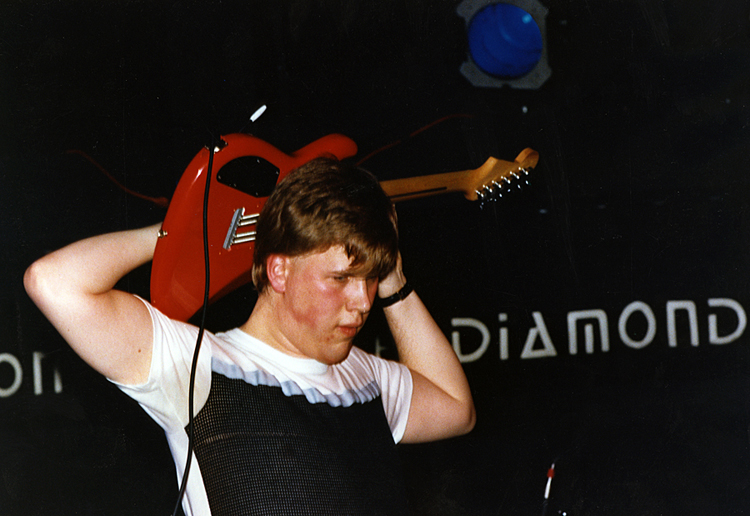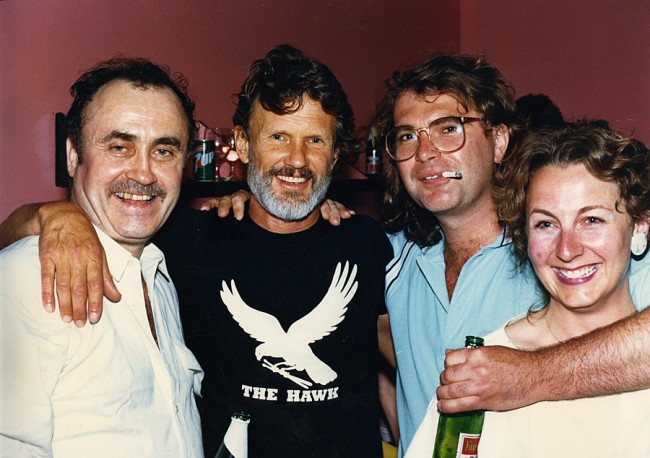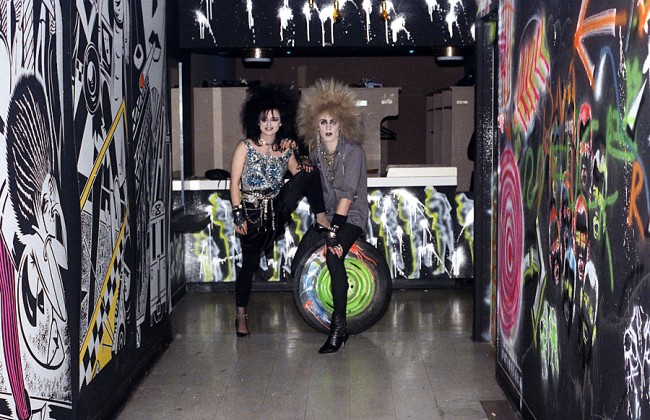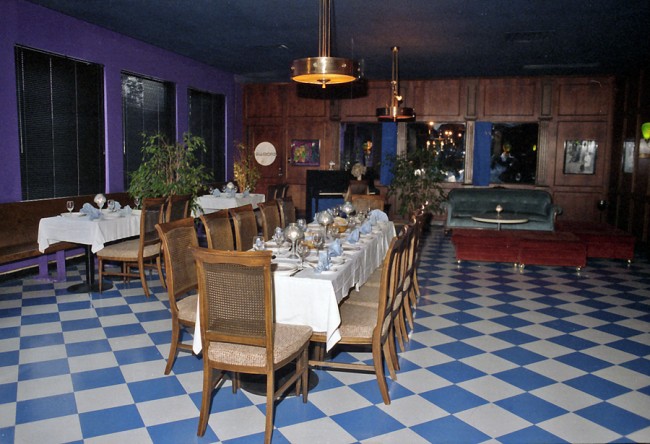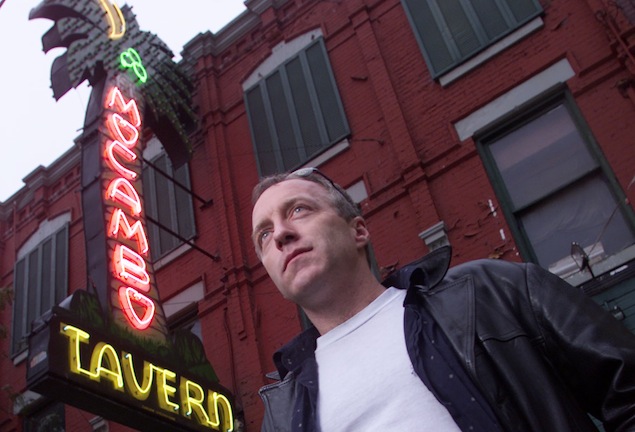Click through the photo gallery for many more moments and memories from Roxy Blu.
The original Then & Now: Roxy Blu article was published September 21, 2011 by The GridTO.com. That story launched Then & Now: Toronto Nightlife History, originally envisioned as a series of brief articles devoted to defunct but influential Toronto music venues. As Then & Now’s popularity and reach expanded, it became increasingly important to include more voices in each story. As a result, the earliest stories for The Grid were entirely rewritten for Then & Now in book format. This expanded history of Roxy Blu was written in March 2015, and was exclusively available in the Then & Now book until this time.
Roxy Blu was home to the soulful side of Toronto’s dance-music underground, and with its four rooms, welcoming atmosphere, and loyal community of followers, Roxy fostered and supported a culture where parties and promoters could create without compromise.
By: DENISE BENSON
Club: Roxy Blu, 12 Brant
Years in operation: 1998 – 2005
History: Although it would come to be known as a community-minded hotbed for soulful house and other underground sounds, Roxy Blu was decidedly different than any other club projects owner Amar Singh had ever touched.
In the early to mid-’90s, he and Bill Kourbetis worked together as B&A, promoting events at ritzy, popular nightclubs like Stilife, Skorpio, Orchid, and Exit II Eden. They parted as co- promoters when Singh opened a club called Bauhaus at 31 Mercer. Known for its see-and- be-seen Martini Mondays, well-dressed crowds, and sleek design, Bauhaus was successful, but Singh walked away six months after opening.
“I just wasn’t there mentally,” he says; “I knew I wanted to be in the industry, but I had to make some changes. I sold my shares for pennies on the dollar.”
Singh took another approach for his next venue.
“I didn’t want to do what I did with Bauhaus, which was spend so much on renovations. The clubs that I used to go to, that I really, really loved, were not the club I created in Bauhaus. The club I created was the kind I used to promote—the Orchids and so on, all pretty and nice. To this day, the clubs I loved going to the most were Tazmanian Ballroom—anything Johnny K really; he was my mentor—and of course Twilight Zone, as well as Le Tube. Those are the places, along with some spots in New York, that really inspired me in my next venture, which became Roxy Blu.”

